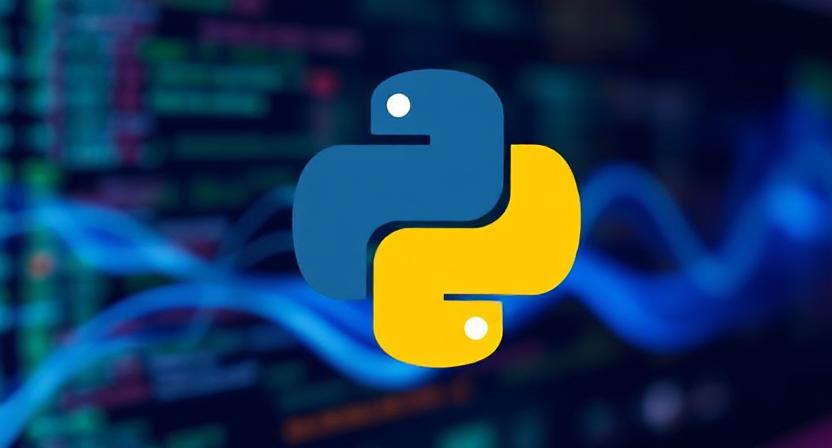Machine learning (ML) has become a core technology across industries in India, from fintech and e-commerce to healthcare and education. However, building efficient ML pipelines can be time-consuming and complex. The good news? Python makes it easier. With the right one-liners, you can simplify data preparation, speed up model training, and even optimise performance.
In this article, we will explore 10 powerful Python one-liners that help you simplify and speed up ML pipelines, making them cleaner and more efficient. Whether you are a data scientist, ML engineer, or student, these tips will save you time and improve productivity.
Why Simplifying ML Pipelines Matters
A well-structured ML pipeline ensures:
- Faster model experimentation
- Easier debugging
- Cleaner and more maintainable code
- Efficient deployment
In India’s fast-growing AI ecosystem, companies are looking for ML engineers who can deliver high-quality models quickly. By mastering these Python one-liners, you will gain a competitive edge in the job market.
1. Import Multiple Libraries in One Line
This single line imports the most common ML libraries. Instead of writing multiple lines, you load all essentials at once, saving time.
Use case: Quick setup for ML projects and Jupyter notebooks.
2. Check Missing Data in One Line
With this one-liner, you can quickly identify missing values in your dataset. This is crucial because incomplete data can mislead ML models.
Pro tip: Combine with visualisation.
3. Train-Test Split in One Line
This one-liner from scikit-learn splits your dataset into training and testing sets. It ensures reproducibility with random_state.
Real-world example: Indian e-commerce startups use this while training recommendation engines to evaluate performance.
4. Normalize Data in One Line
Data normalisation ensures that all features are on the same scale, improving model accuracy.
Use case: Essential in ML models like logistic regression or KNN.
5. One-Hot Encode Categorical Features
This one-liner converts categorical data into numerical form. This drop_first=True prevents dummy variable traps.
Example: Encoding the “City” column with values like Delhi, Mumbai, and Bangalore for ML models.
6. Quick Model Training in One Line
Train your model in a single step with scikit-learn.
Pro tip: You can later check accuracy with:
7. Confusion Matrix in One Line
This one-liner visualises classification performance instantly.
Use case: Helps identify misclassified results in models like spam detection.
8. Save and Load Models in One Line
Instead of retraining every time, save your trained models using joblib and load them back instantly.
Real-world use: Banks in India save fraud detection models for regular updates.
9. Evaluate Multiple Models in One Line
This single line tests multiple models and prints average cross-validation scores.
Use case: Compare ML models quickly to choose the best one.
10. Visualize Feature Importance in One Line
Feature importance visualisation shows which features matter most.
Example: In healthcare ML projects, this can reveal which symptoms strongly predict a disease.
Table: Python One-Liners vs. Benefits
| Python One-Liner | Benefit |
|---|---|
| Import libraries | Faster setup |
| Check missing data | Quick data cleaning |
| Train-test split | Easy dataset preparation |
| Normalize data | Improved accuracy |
| One-hot encoding | Handle categorical data |
| Quick model training | Saves time |
| Confusion matrix | Better evaluation |
| Save/load model | Reusability |
| Evaluate models | Model comparison |
| Feature importance | Explainability |
Actionable Tips for Indian ML Practitioners
- Use Google Colab for free GPU support in India.
- Start with small datasets (like Kaggle’s Indian crop dataset) before scaling up.
- Always normalise data in models sensitive to scale.
- Automate repetitive tasks with Python one-liners.
- Focus on interpretability—especially important in finance and healthcare sectors.
Conclusion
Building ML pipelines doesn’t have to be complicated. With these 10 Python one-liners, you can speed up your workflow, simplify coding, and focus more on solving real-world problems. Whether you are building models for fintech, e-commerce, or healthcare in India, these tricks will make your pipeline faster and cleaner.
👉 Now it’s your turn! Start applying these one-liners in your next ML project and see how much time you save. If you want to stay updated with the latest AI and ML insights, subscribe to our newsletter today.
